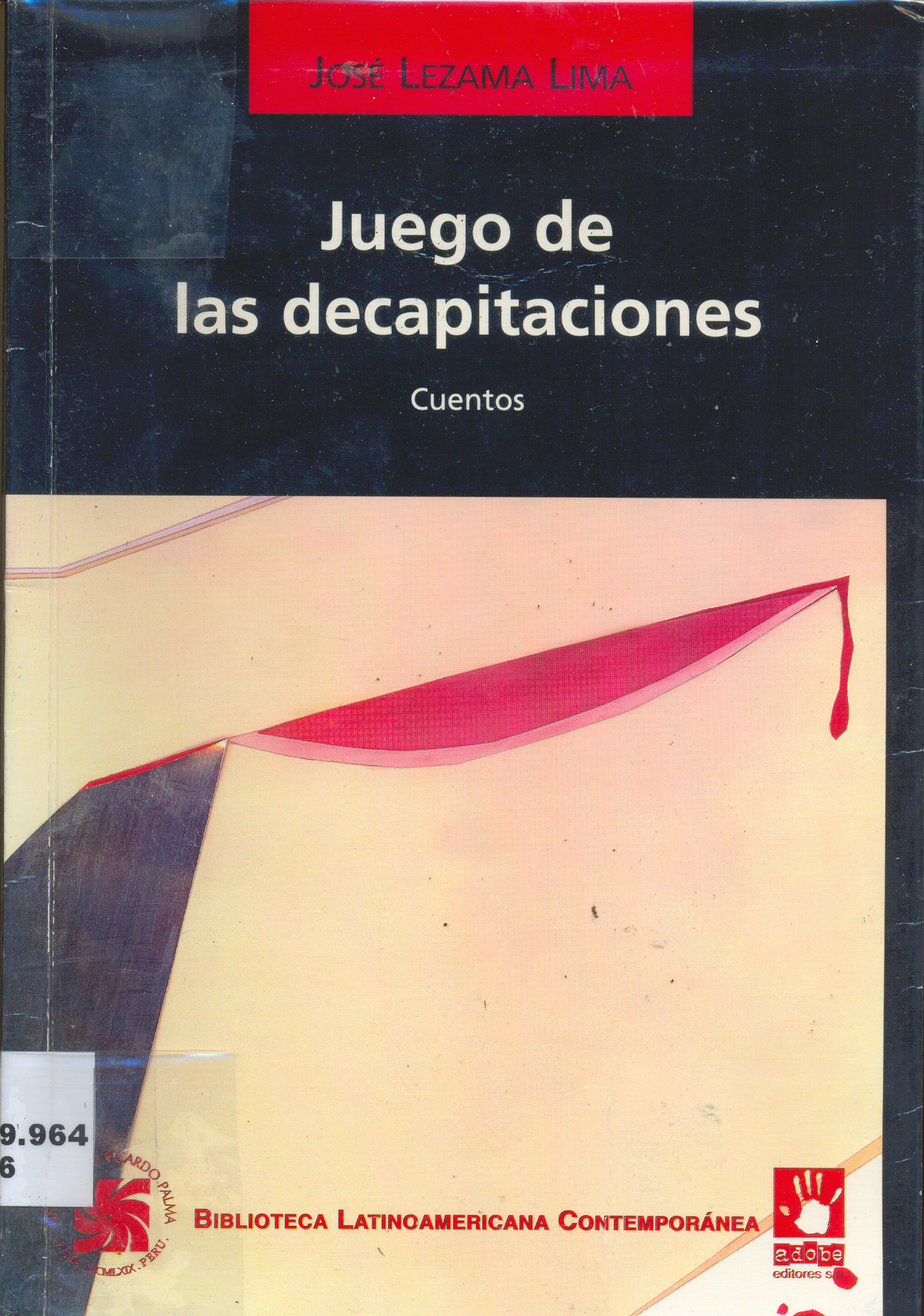4.1.2.2.8 The narrative work of José Lezama Lima (1910 – 1976)

José Lezama Lima’s narrative work is not essentially distinct from his poetry, as the latter’s universe of images is also present in his narrative, whose connection often accompanies the narrative’s springs. He also included many texts of this nature in his poetry collections, and even his novels—Paradiso and the unfinished volume of “Oppiano Licario”—include texts with an independent argumentative coherence.
Regarding the interweaving of poetry and prose in Lezama Lima’s work, Reynaldo González states: “Lezama Lima’s “stories” are pieces that fit naturally into the great poet’s conception of his literature. If we can find predominant poetic elements in them, the narrative elements in his poetry will not be surprising, as they are the reason and driving force of all his work, as well as his personality, something explicit to those of us who knew him. (…) To enter into what we wish to call Lezama Lima’s short stories, it will be necessary to appeal to the considerations that he himself established for the best enjoyment and understanding of his work…”
These considerations pertain above all to his poetic system, which provides the keys to a better understanding of his work, also in the realm of narrative. Key elements include the coexistence of different discursive spheres and the so-called self-referentiality, somewhat similar to the metapoetic elements that emerge in his lyrical discourse. All of this complicates the reading of his works of this kind, especially if the aforementioned system is ignored.
Some of the first works written by José Lezama Lima are those entitled “Fugados”, “El patio morado”, “Para un final presto” and “Crabs, swallows”, “Game of decapitations” and “Tale of the Barrel”, the last two published in “Orígenes”, through which one can grasp the progressive assumption of the aforementioned poetic system, which would become explicit in 1954.
Reinaldo González also cites as pieces of this nature, included in his successive poetry collections, the ones called “The Guardian Begins the Circular Combat”, “Fifes, Epiphanies, Goats”, “Weight of Flavor”, “Tangencies” and “Invocation to Lose Ears”.
In “The Decapitation Game,” one of his texts closest to the narrative pole, Lezama weaves the weight of a fiction weighing heavily on reality, made up of images that intertwine magic, royalty, and betrayal, a chain of events in which life and death seem to coincide in playfulness. The backdrop of Ancient China serves as a flight of images that descend upon the death of El Real, thus nullifying all triumph by the implacable force of time.
The narrative and lyrical spheres are indistinguishable in Lezama’s work as a whole; even the characters in his fictional stories are sometimes pure images, poetic concretions, thus demonstrating the preeminence of the latter over the narrative. Nevertheless, Lezama’s methods fostered new directions for the genre, ones that current generations of Cuban literary writers continue to follow.








